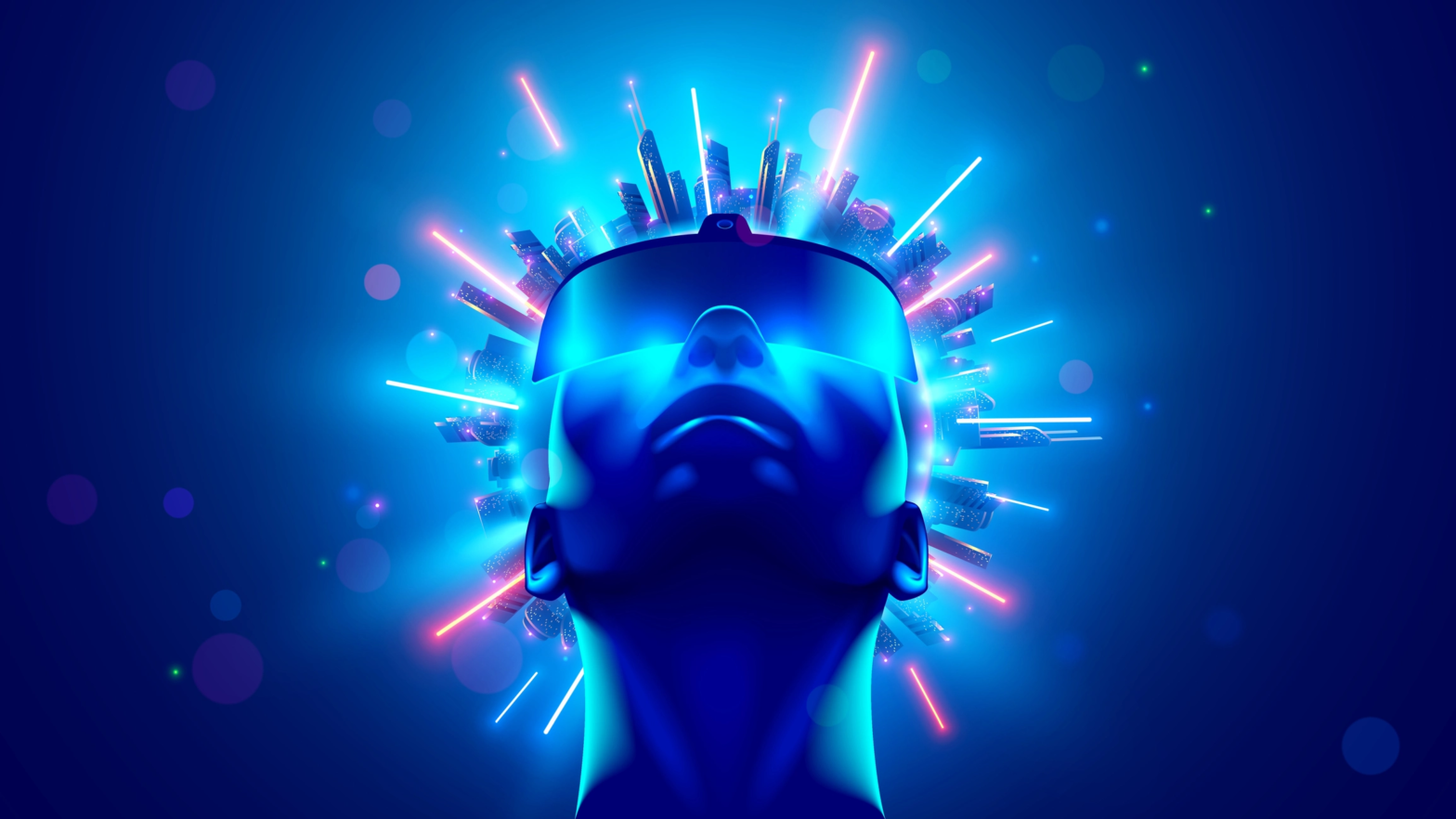
Metaverse definition in virtual reality
For the next few decades, metaverses will be a major trend, and their advancement will depend on five technologies. A new reality is emerging after the pandemic, and technology plays a key role in bringing it about. In the coming decades, the metaverse is expected to be (and already is) the most significant technological advancement. The word ‘metaverse’ has become common, but different ways of conceptualizing and defining it still exist. In the metaverse, technology will have a significant influence, which could include virtual reality (VR), augmented reality (AR), and brain-computer interfaces (BCI). Several major technology companies, including Apple, Google, Meta Platforms (Facebook), Microsoft, Niantic, and Valve, are developing technology that will substantially impact the metaverse’s future.
In addition to being described as multiple digital spaces where users can connect, interact, and move themselves and their belongings, the metaverse is also described as a virtual community. We can think of platforms like Roblox, Epic Games’ Fortnite, or Manticore Games’ Core, which enable users and their avatars to seamlessly transition between virtual worlds. In particular, the metaverse represents the moment when our digital lives – our online identities, experiences, relationships, and assets – become more meaningful than our physical lives. From a human perspective, the metaverse is seen as a sociological rather than a technological shift.
The use of virtual reality devices will enhance the future of communication. VR headsets will allow users to access and interact with metaverse content. Virtual reality headsets will always be used, no matter what we do, whether we’re at work or play. Twenty-five years ago, every company created a website to have an online presence. Now, companies will also need a presence in virtual 3D space.
Furthermore, by the end of this decade, VR is also likely to replace gaming console gaming, and traditional businesses will eventually merge, according to this theory. Traditional companies will partner with game developers like Fortnite and Roblox to develop engaging VR experiences is not easy for product creators to overcome some complex challenges. VR headsets should also be designed with a 120hz refresh rate to prevent motion sickness. For example, increasing the resolution of VR devices (ideally, making them 8K will create a more realistic virtual environment) is a key to eliminating motion sickness. VR headsets should be paired with other body sensors for the illusion of reality to be realistic. A haptic glove is already in production and designed to be used with a headset to increase the level of immersion.
Our daily lives will be enriched by augmented reality, just like virtual reality. We will use glasses with AR instead of full headsets. The concept will return a decade after Google Glass was introduced, and this time it will stay with us. In the near future, we’ll all be interacting with things in 3D via augmented reality. The technology will bring new value to our everyday interactions with real-world objects. A hologram of the salesperson would replace the physical salesperson in a brick-and-mortar store, for example. When we need to see the hologram (e.g., asking for help), then it appears. The use of AR in real-world environments is likely to be wide virtual environments such as city districts will naturally be transferred by AR users to the virtual world. Users. AR will also be used to explore new architectural objects even before they are built. Consider that you may be able to design a building before it is built and then use AR glasses to explore the space and determine potential issues.
People are the ones who will build and use the metaverse, so the third definition is compelling in part because it focuses on them. Understanding how the metaverse might appear and feel -rather than pondering its features-may proves useful in predicting the waves of socioeconomic change the metaverse will inevitably bring. As technologists say, 2022 will separate builders from thinkers, so last year’s technical advances will lead to this year’s first steps toward making the metaverse a reality. Graphics processing units (GPUs), photorealistic 3D engines, volumetric video, artificial intelligence, and better-understood blockchain technology are key to progress. A development stands out from the human perspective, however: the extended reality (XR) technology. A few examples are virtual reality (VR), augmented reality (AR), and brain-computer interfaces (BCI), which together form the next generation of computing platforms.
Keeping a separation between our digital and physical selves is paramount to this vision. Neither augmented reality nor virtual reality can ever replace our physical selves. Some claim that relying on just a handful of VR device manufacturers and Content producers will entrench the current online ‘walled gardens.’: discrete, closed ecosystems controlled by their operators.
A strong contrast lies between this vision and the one advocated by the Web 3 movement, which considers the metaverse an instrument to counteract the power of big technology companies. This will enable us to decentralize the experience, control, and monetization of the internet in the interests of the users (or citizens) and content creators.
Many different ways in which the metaverse can emerge, depending on the ecosystem of research, innovation, investment, and policy. If the metaverse comes to fruition, we can expect it to bring with it new and unexpected experiences. Flexibility, curiosity, and optimism are uncommon in anyone who believes they know exactly what will happen.
Search
Recent NFT News
Reasons You Should...
6 months ago
The NFT Market in ...
7 months ago
Comparing Environm...
9 months ago
Pump and Dump Sche...
9 months ago
The Ultimate Guide...
11 months ago







